Bread Through the Ages: A library of Images

Bread has always been more than food; it is woven into the very fabric of human history. At The Sourdough School, I curated an extensive gallery of historical bread images spanning over 500 years that help me understand the history of bread. These are some of the visuals here that I use to teach and they capture the evolution of bread, its cultural significance, and the connection to our health and well-being.
The extensive library has played a key part over the past two decades of forming the foundation for the design of the BALM Protocol.
Bread Through History

Bread has always been more than just food; it is woven into the very fabric of human history. At The Sourdough School, I curated an extensive gallery of historical bread images spanning over 500 years. These are some of the visuals here that I use to teach and they capture the evolution of bread, its cultural significance, and the connection to our health and well-being.
The extensive library has played a key part over the past two decades of forming the foundation for the design of the BALM Protocol.
A Personal Connection to Bread’s Story
My fascination with bread history began early in my career. My first wages as a bakery apprentice were spent on an image of bread-making from a Brocante in Terrasson-Lavilledieu, Southwest France. This purchase sparked a lifelong curiosity about bread’s role in shaping agriculture, culture, and health. Over the years, I’ve collected images that highlight how bread has evolved in parallel with humanity, from ancient communal baking practices to the industrial processes that dominate today.
Why Bread History Matters to Health
The timeline of these images and understanding them were key in developing the BALM Framework. The images reveal how technological advancements, farming methods, and milling innovations have impacted bread’s nutritional value and digestibility. Viewing bread through an evolutionary lens offers critical insights into how traditional practices once aligned with nature, supporting health, and how industrialisation has shifted bread-making toward ultra-processed products that often harm our well-being.
- Agricultural Impact: Changes in farming and milling influenced the diversity of grains and the quality of bread.
- Cultural Identity: Bread was once deeply local, with regional grains and methods reflecting unique identities.
- Health Implications: These images remind us of the lost connection between bread and nourishment, a connection The Sourdough School seeks to restore through our BALM Protocol.
It is important to Understanding Bread to look at The Timeline of Bread’s Evolution
These historical images offer a unique perspective on:
- The Industrial Revolution: How mechanisation transformed baking.
- Regional Bread Traditions: The diversity of grains and techniques that defined communities.
- Social and Political Impact: Bread riots and their role in shaping history.
- Health and Homogenisation: The shift from nourishing bread to ultra-processed foods.
Click on any image to enlarge it and immerse yourself in this journey. Please note: this gallery contains a vast collection and may take a moment to load.
A Celebration of Bread’s Diversity
Bread has always been central to human survival and culture. Yet today, we face the homogenisation of bread, where unique grains and traditions have been replaced by mass-produced loaves. These images remind us of bread’s complexity and diversity, urging us to return to its roots.
The nuances captured in these images—art, techniques, and knowledge passed through generations—provide a richer understanding of bread’s heritage. By exploring this gallery, we celebrate bread’s role in agriculture, health, and culture.
Looking Back to Move Forward
Understanding bread’s past helps us navigate its future. These images allow us to reconnect with traditional bread-making practices that honour health, sustainability, and diversity. Whether you are a baker, historian, or health advocate, this gallery offers an invaluable resource for understanding bread’s evolution and its profound impact on our lives.
A Personal Connection to Bread’s Story
My fascination with bread history began early in my career. My first wages as a bakery apprentice were spent on an image of bread-making from a Brocante in Terrasson-Lavilledieu, Southwest France. This purchase sparked a lifelong curiosity about bread’s role in shaping agriculture, culture, and health. Over the years, I’ve collected images that highlight how bread has evolved in parallel with humanity, from ancient communal baking practices to the industrial processes that dominate today.
Why Bread History Matters to Health
The timeline of these images reveals how technological advancements, farming methods, and milling innovations have impacted bread’s nutritional value and digestibility. Viewing bread through an evolutionary lens offers critical insights into how traditional practices once aligned with nature, supporting health, and how industrialisation has shifted bread-making toward ultra-processed products that often harm our well-being.
- Agricultural Impact: Changes in farming and milling influenced the diversity of grains and the quality of bread.
- Cultural Identity: Bread was once deeply local, with regional grains and methods reflecting unique identities.
- Health Implications: These images remind us of the lost connection between bread and nourishment, a connection The Sourdough School seeks to restore through our BALM Protocol.
It is important to Understanding Bread to look at The Timeline of Bread’s Evolution
These historical images offer a unique perspective on:
- The Industrial Revolution: How mechanisation transformed baking.
- Regional Bread Traditions: The diversity of grains and techniques that defined communities.
- Social and Political Impact: Bread riots and their role in shaping history.
- Health and Homogenisation: The shift from nourishing bread to ultra-processed foods.
Click on any image to enlarge it and immerse yourself in this journey. Please note: this gallery contains a vast collection and may take a moment to load.
A Celebration of Bread’s Diversity
Bread has always been central to human survival and culture. Yet today, we face the homogenisation of bread, where unique grains and traditions have been replaced by mass-produced loaves. These images remind us of bread’s complexity and diversity, urging us to return to its roots.
The nuances captured in these images—art, techniques, and knowledge passed through generations—provide a richer understanding of bread’s heritage. By exploring this gallery, we celebrate bread’s role in agriculture, health, and culture.
Looking Back to Move Forward
Understanding bread’s past helps us navigate its future. These images allow us to reconnect with traditional bread-making practices that honour health, sustainability, and diversity. Whether you are a baker, historian, or health advocate, this gallery offers an invaluable resource for understanding bread’s evolution and its profound impact on our lives.
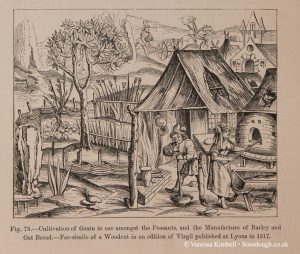
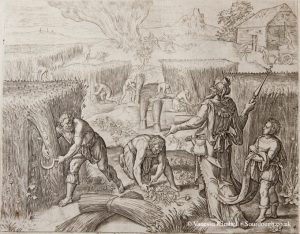
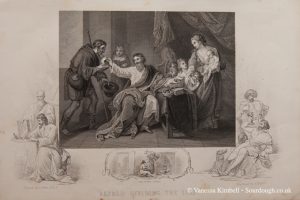
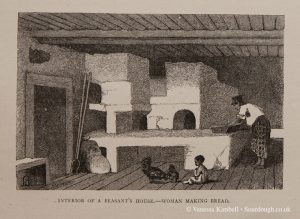
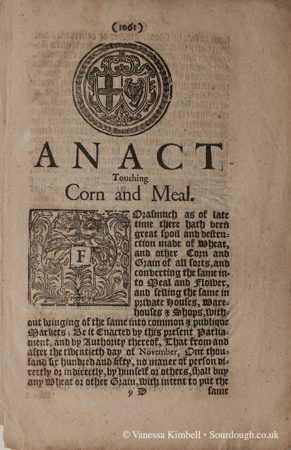
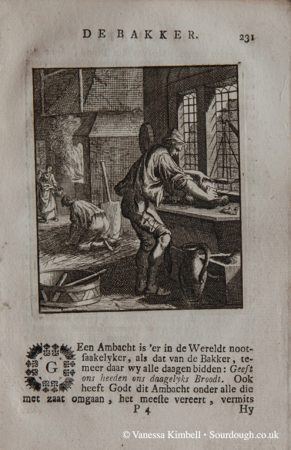
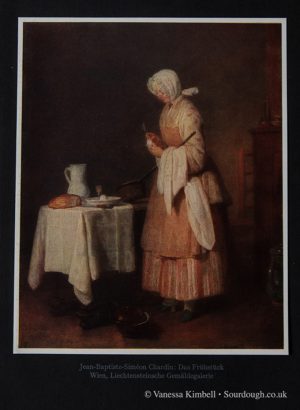
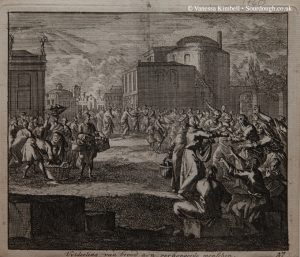


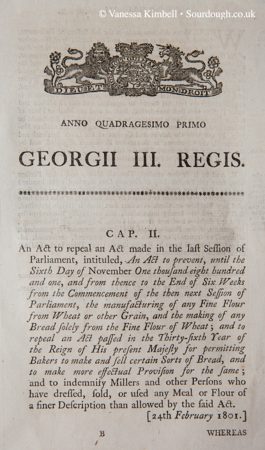
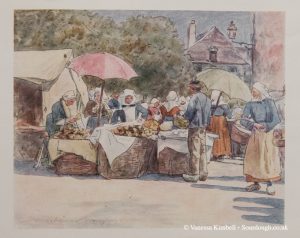
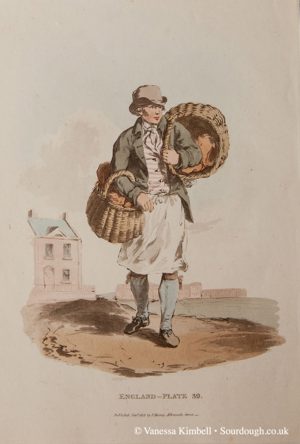
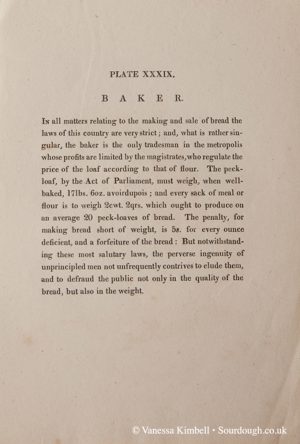
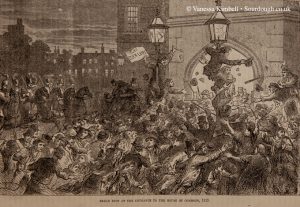
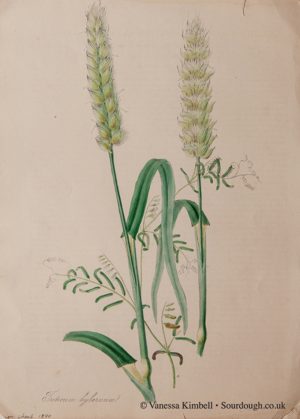
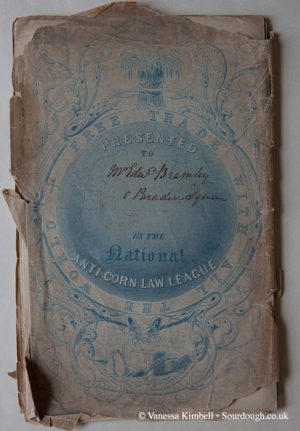

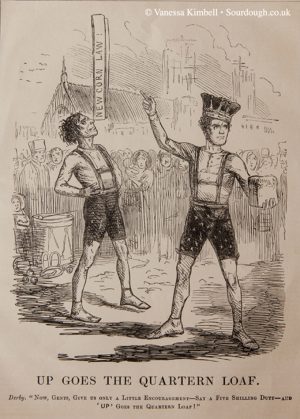
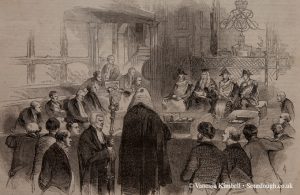
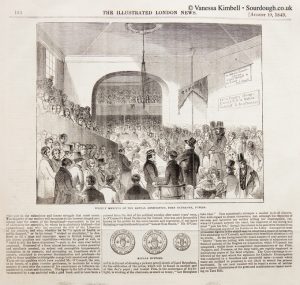
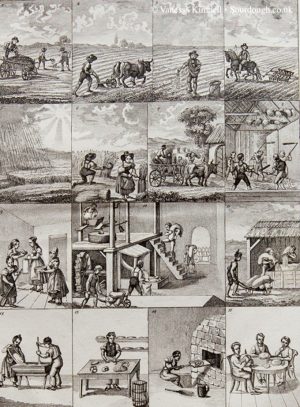
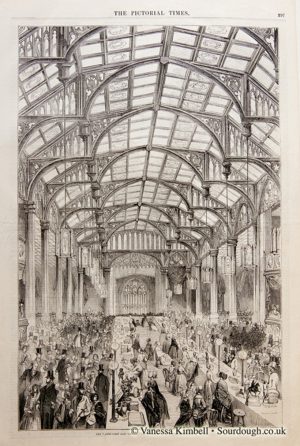
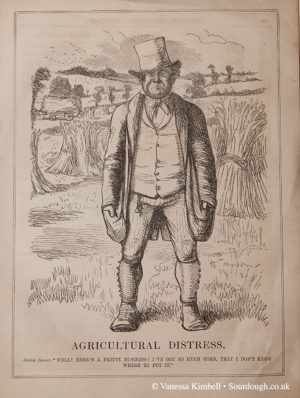
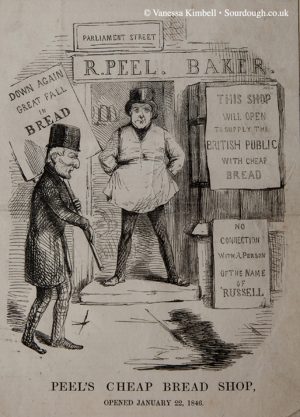
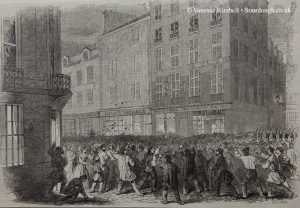
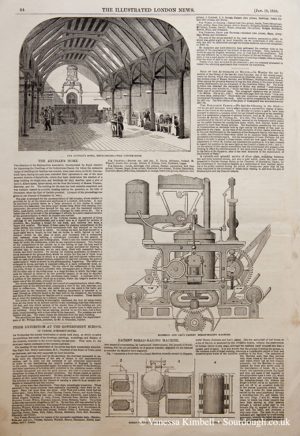
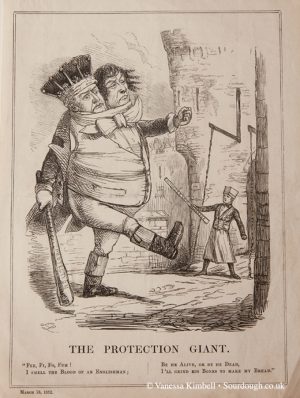
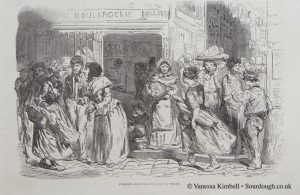
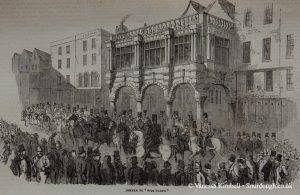
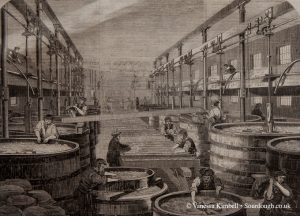
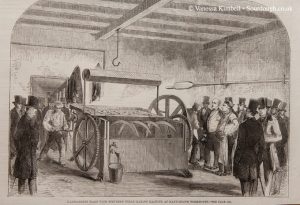
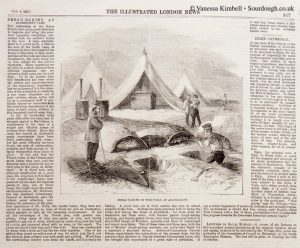
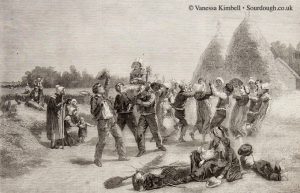
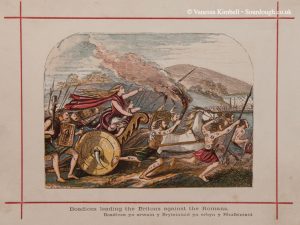
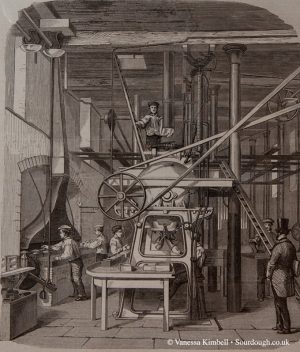
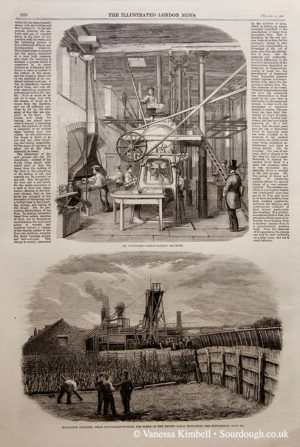
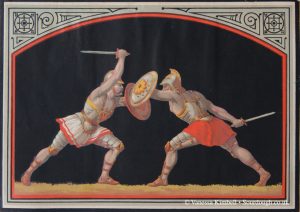
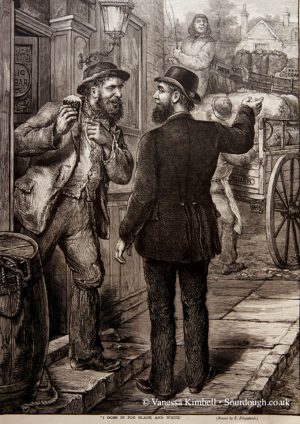
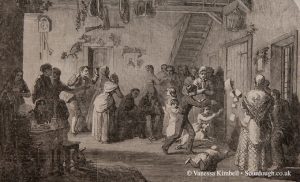
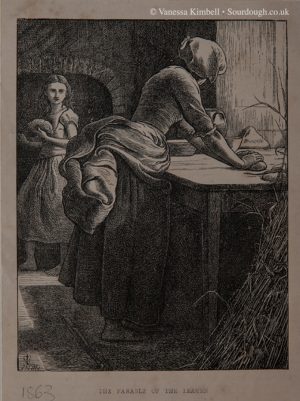
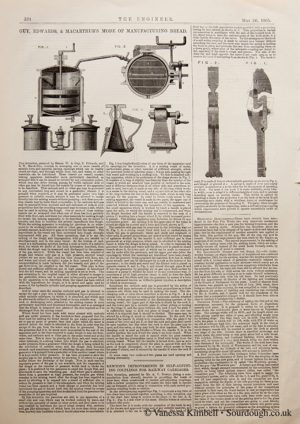
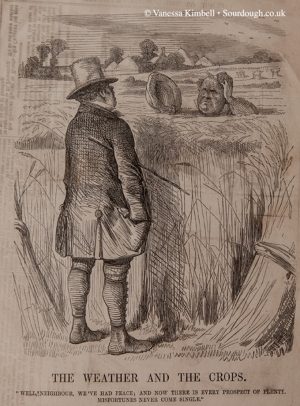
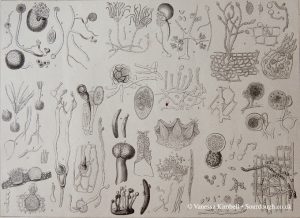
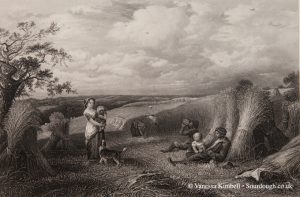
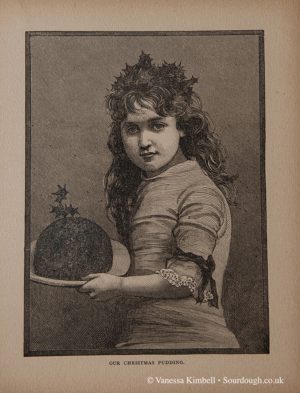
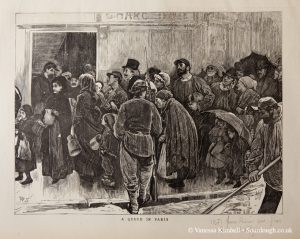
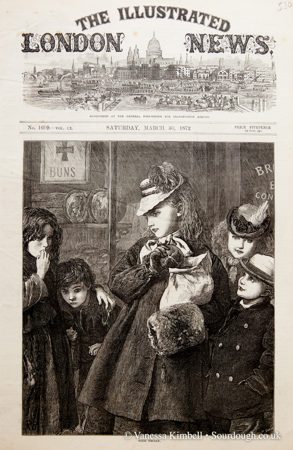
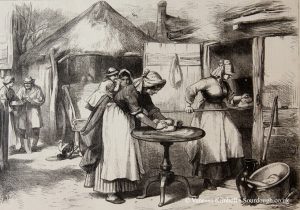

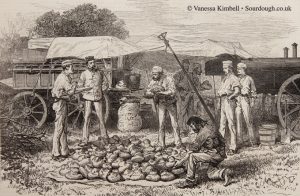
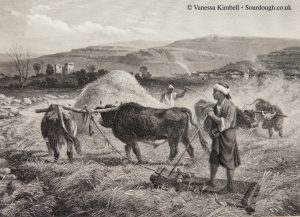
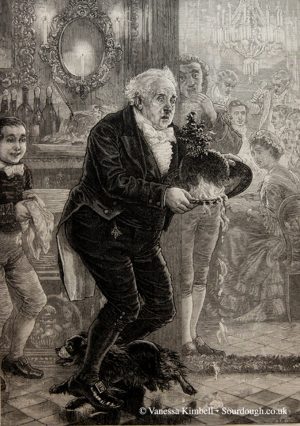
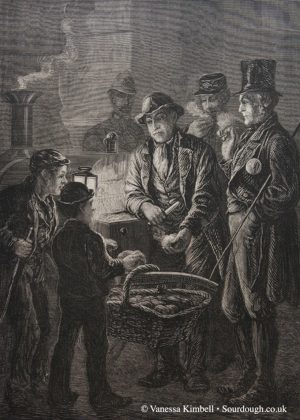
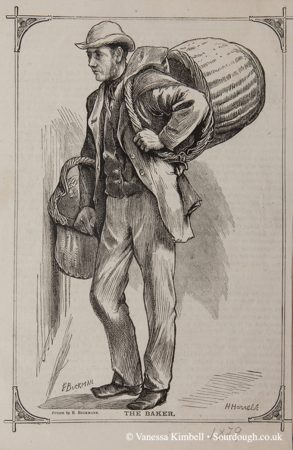
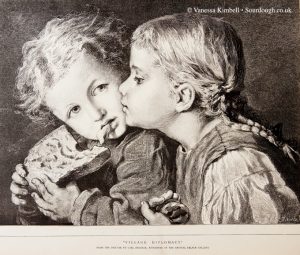
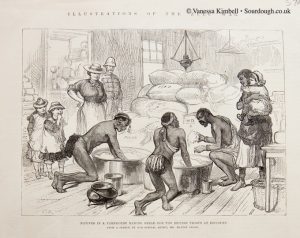
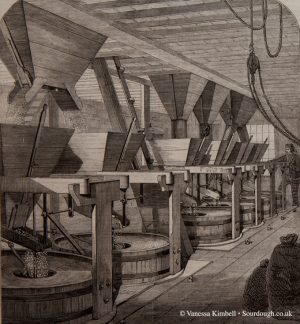
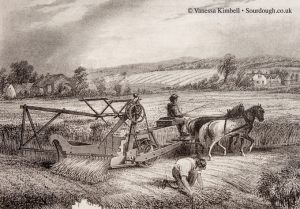
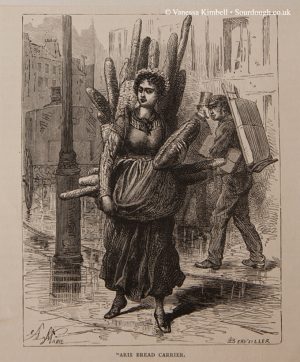
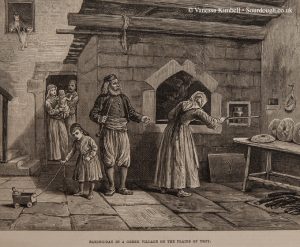

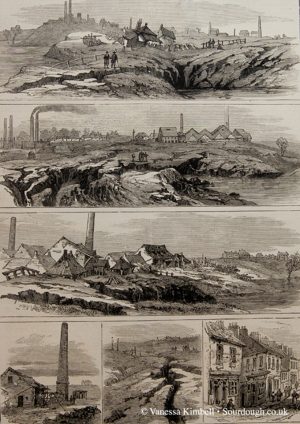
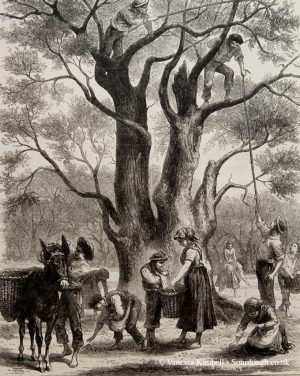
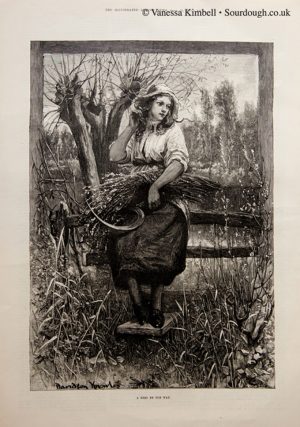

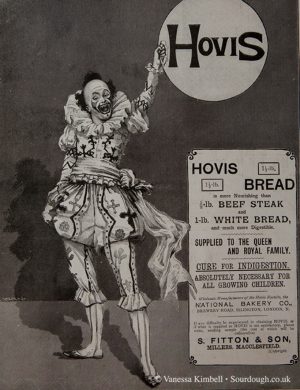
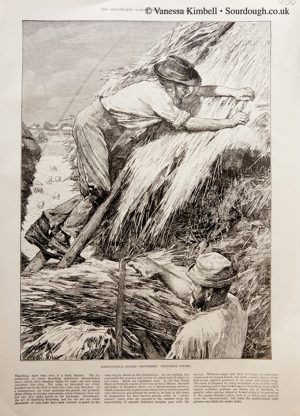
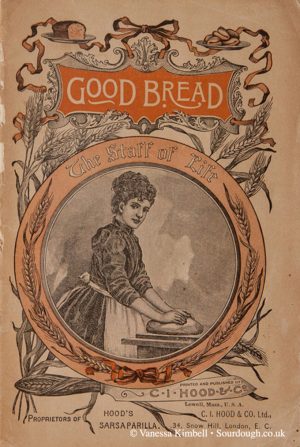
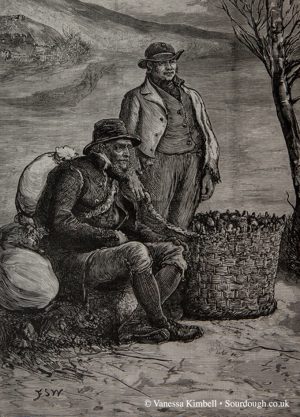
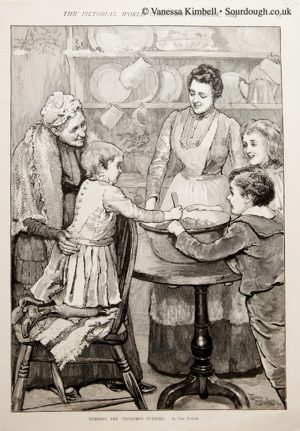
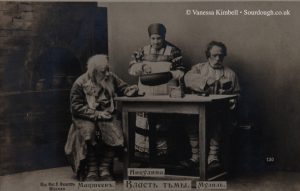
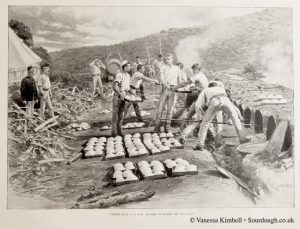
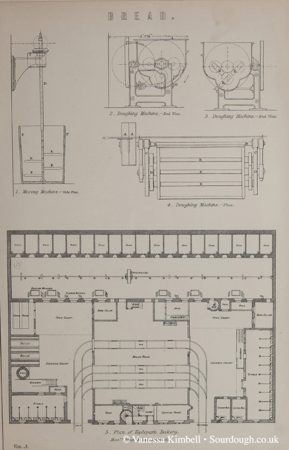
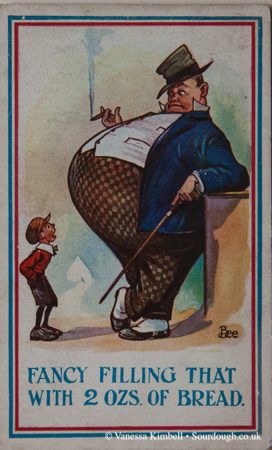
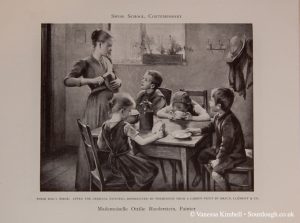
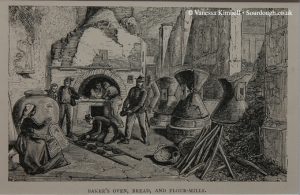
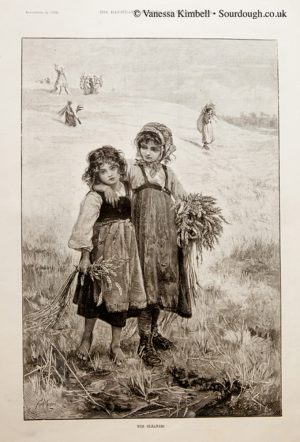
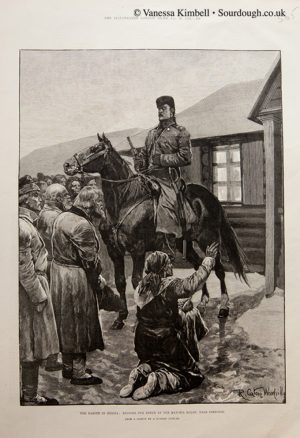
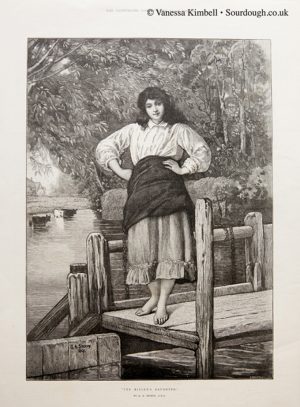
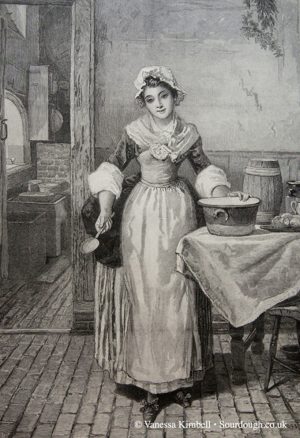
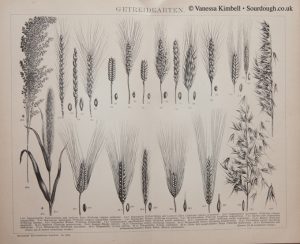
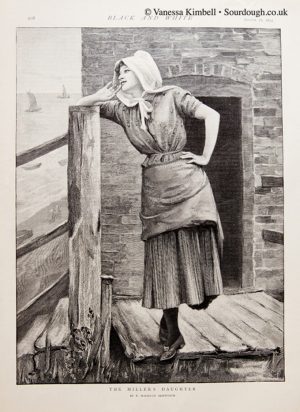
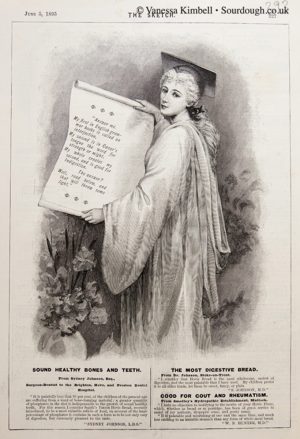
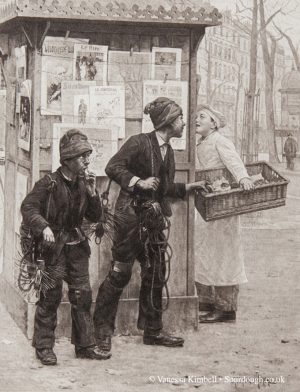
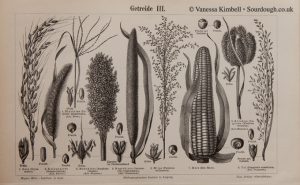
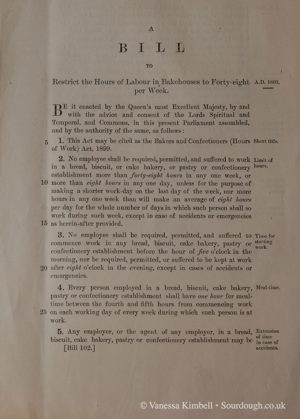
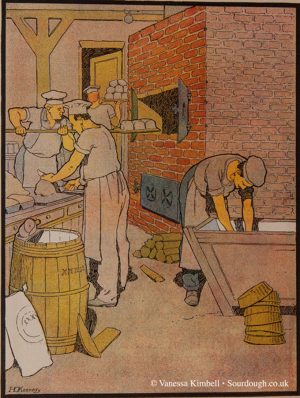
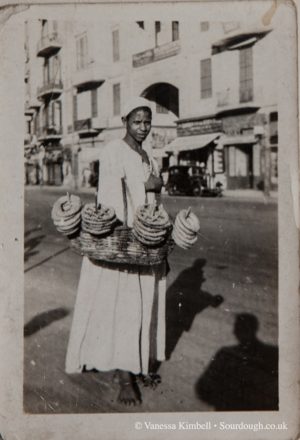
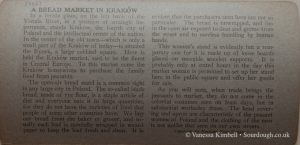
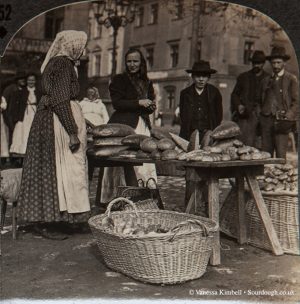
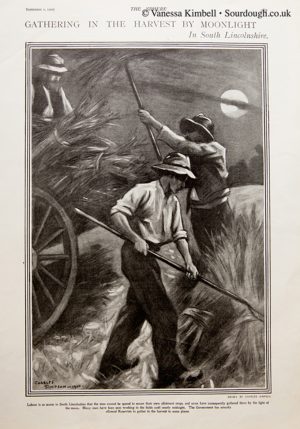
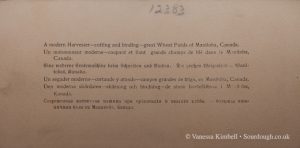
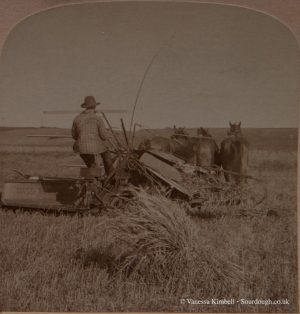
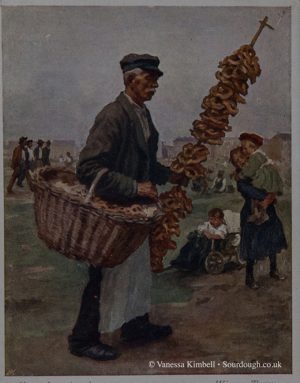
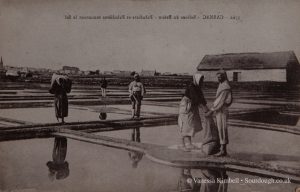
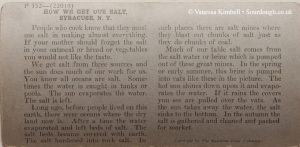
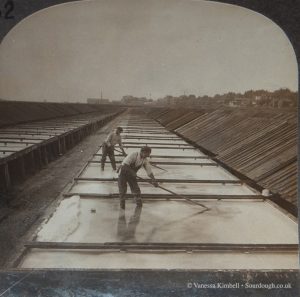
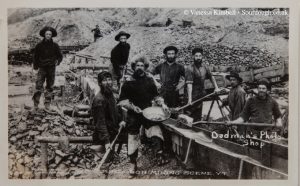
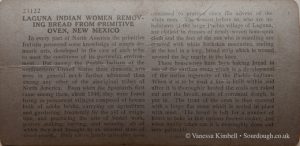
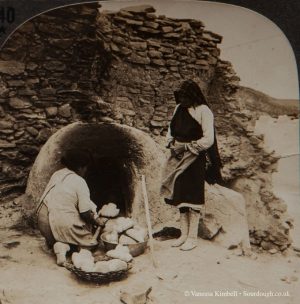
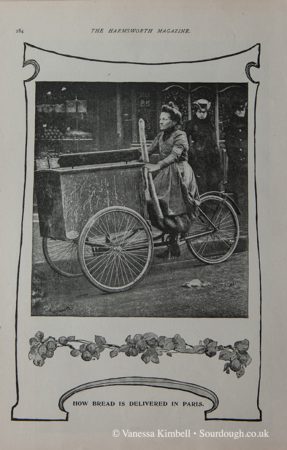
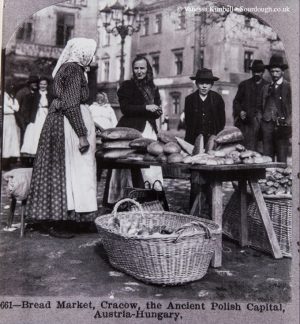
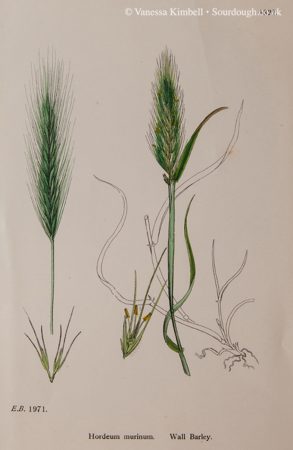
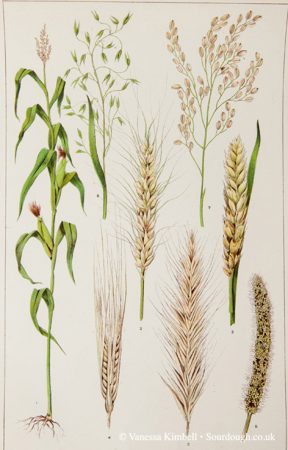
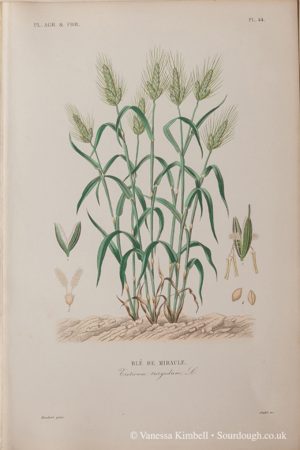
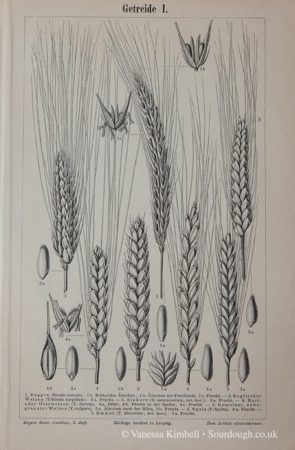
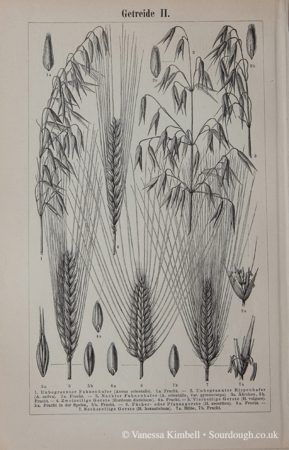
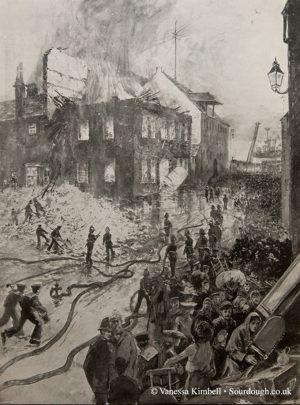
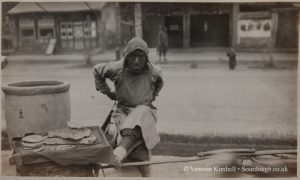

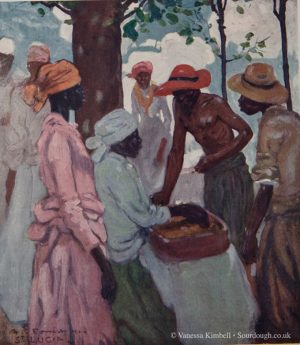
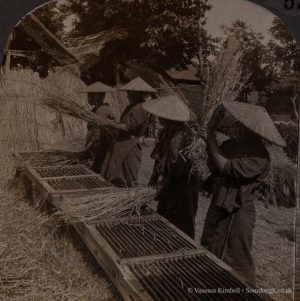
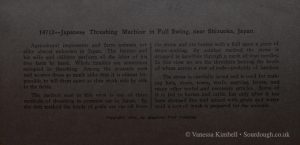
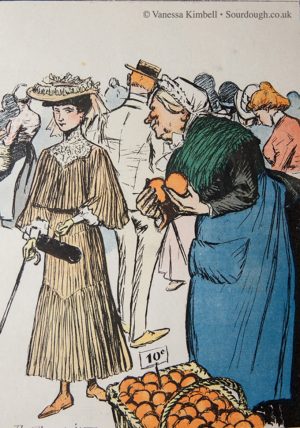
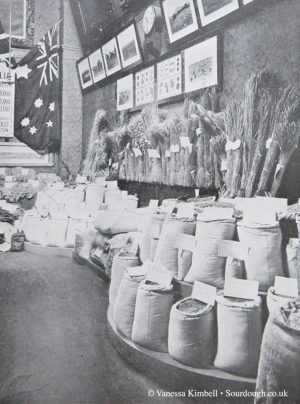
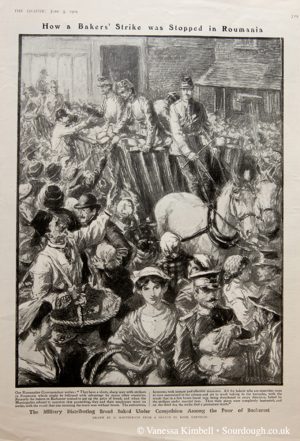
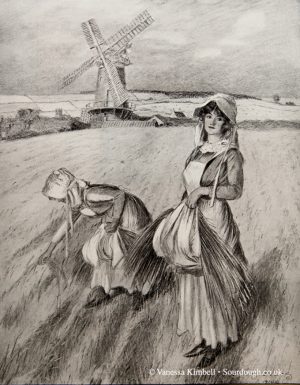
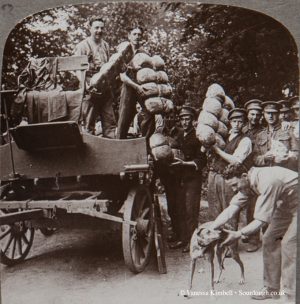
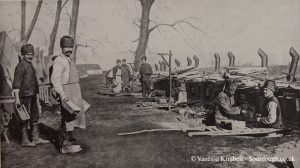
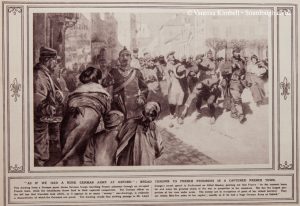
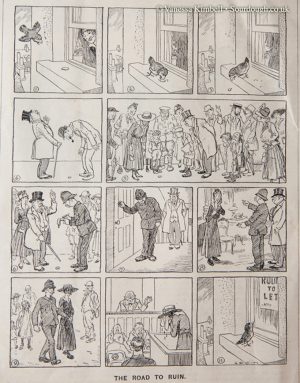
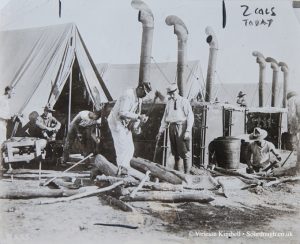
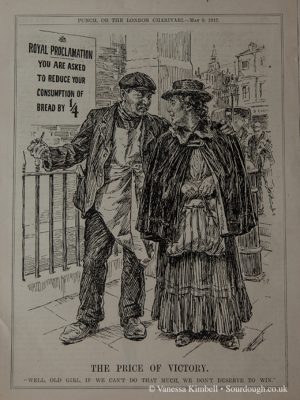
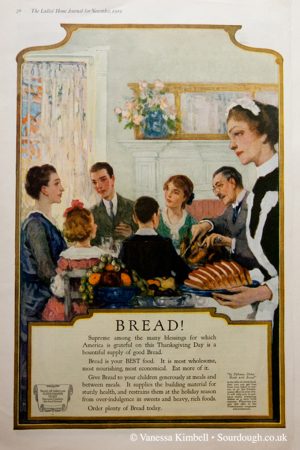
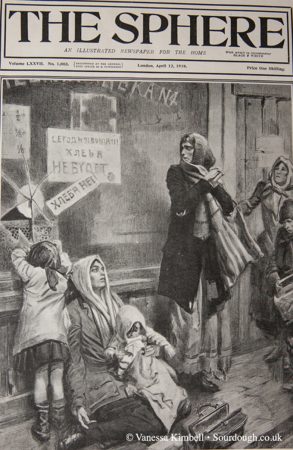
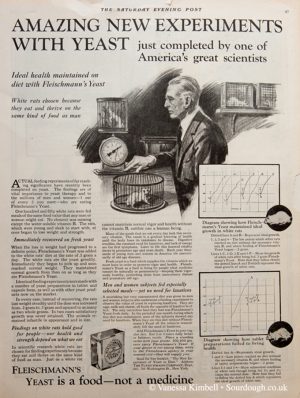
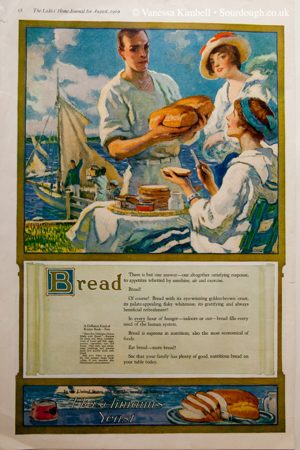
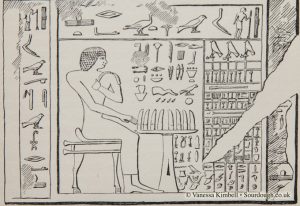
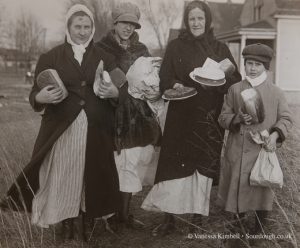
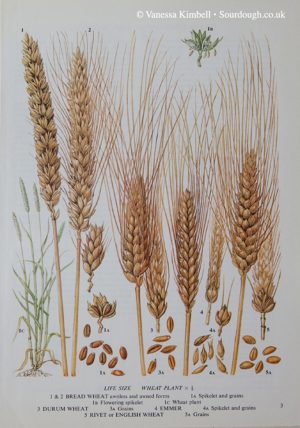
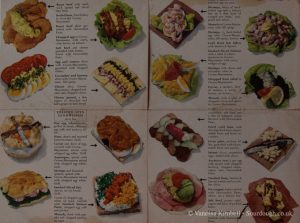
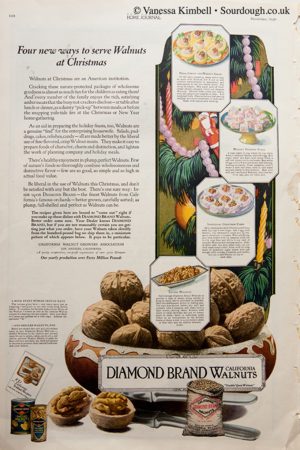
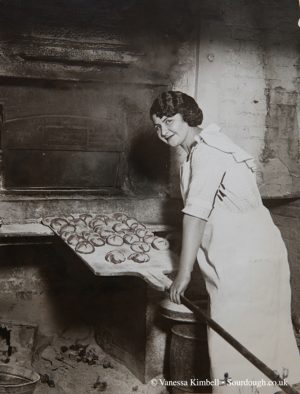
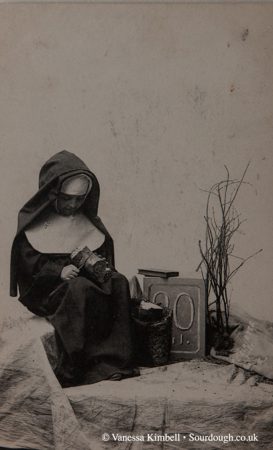
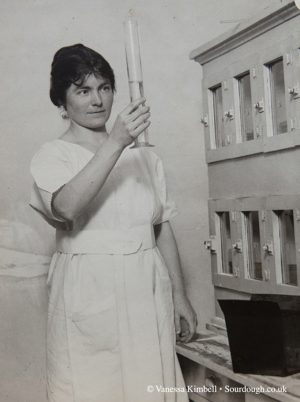
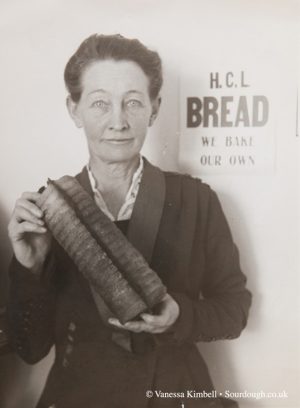
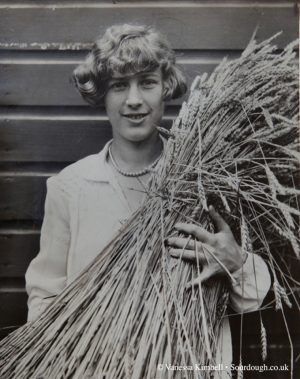
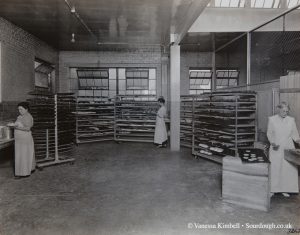
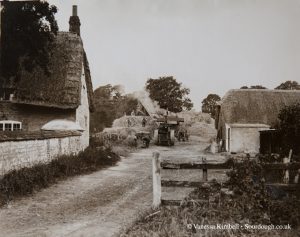
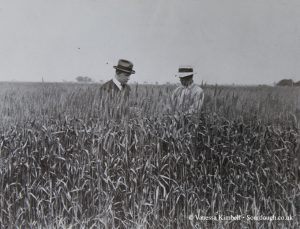
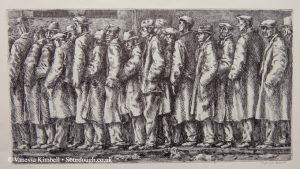
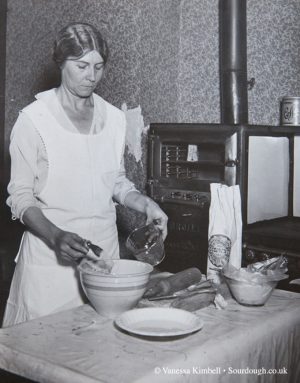
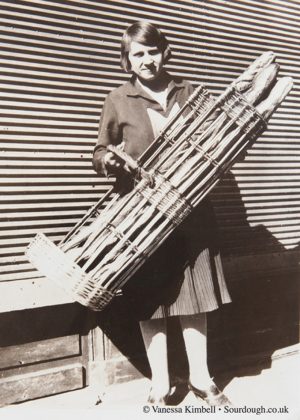
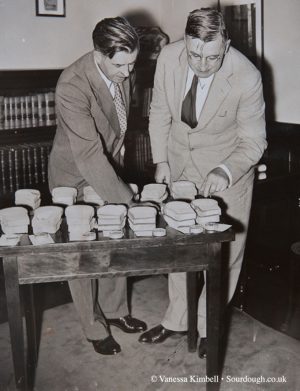
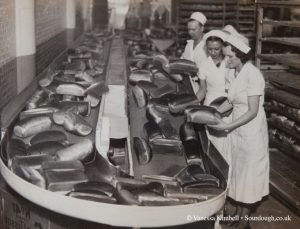
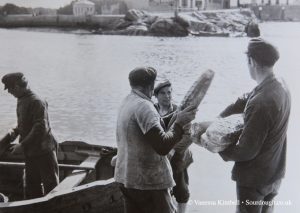
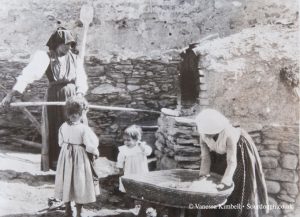
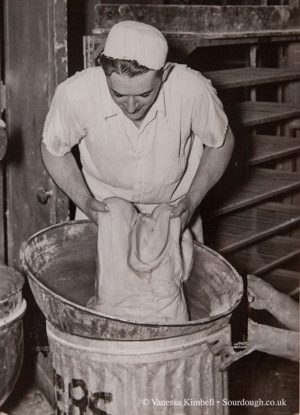
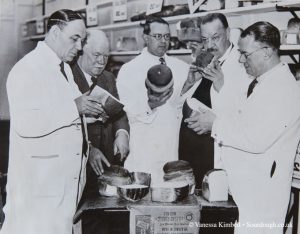
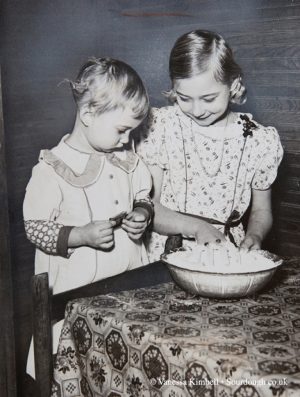

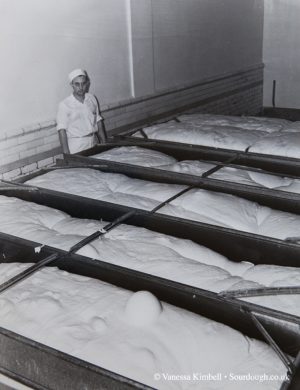

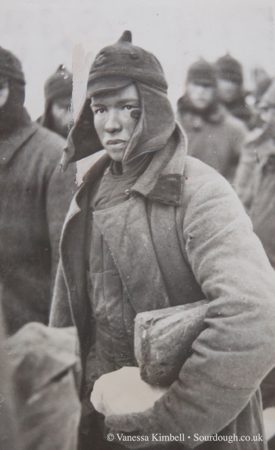
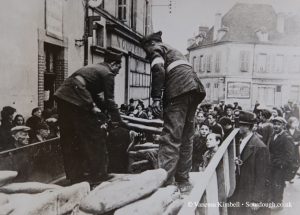
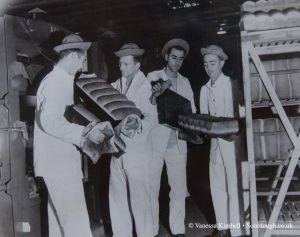
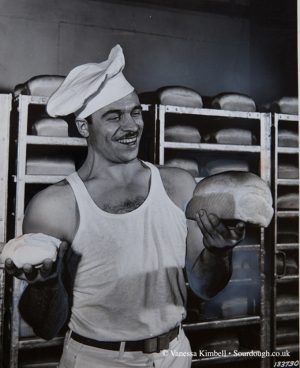
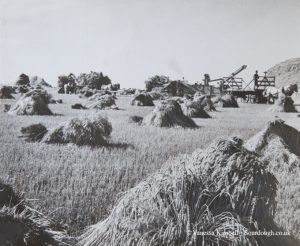
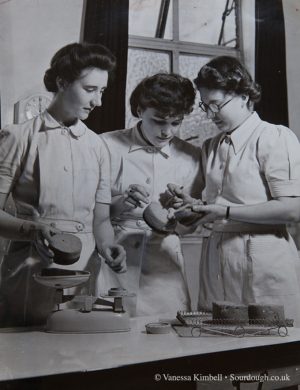
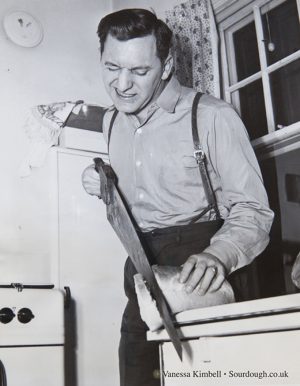
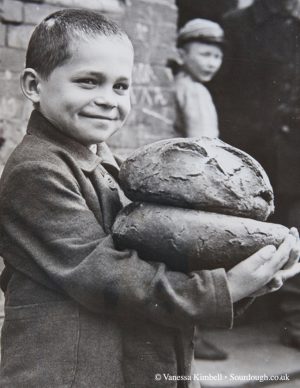
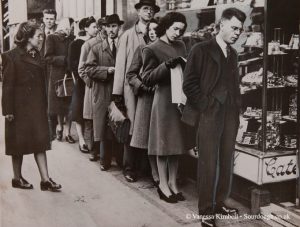
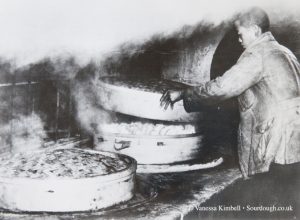
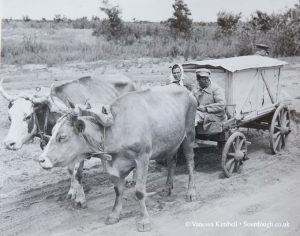
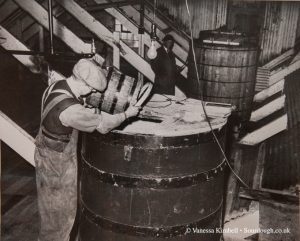
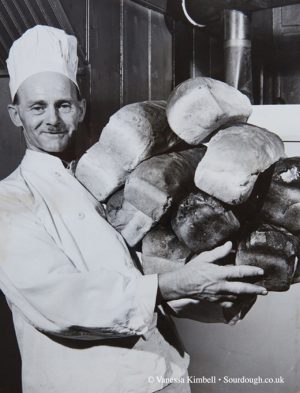
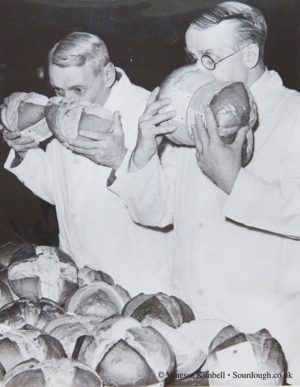
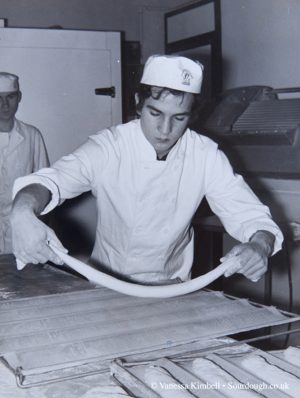
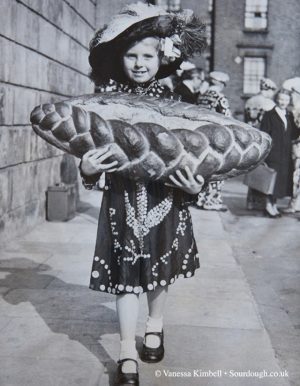
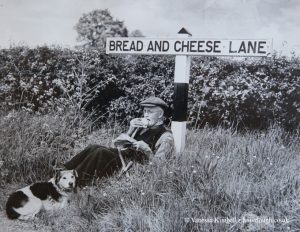
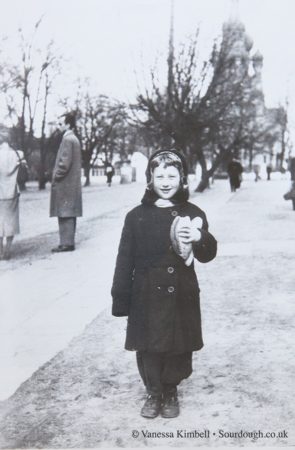
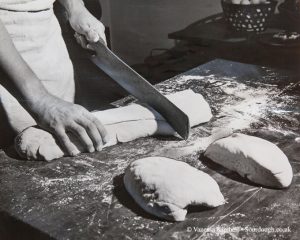
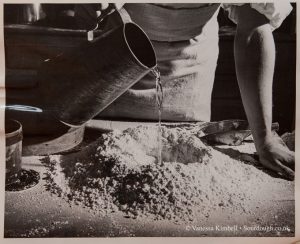
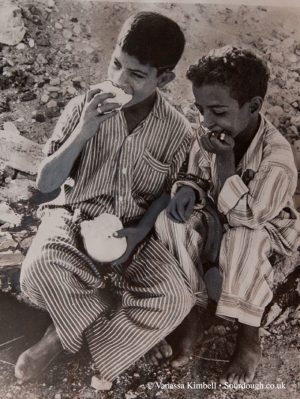
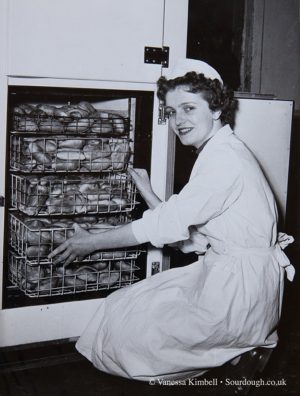

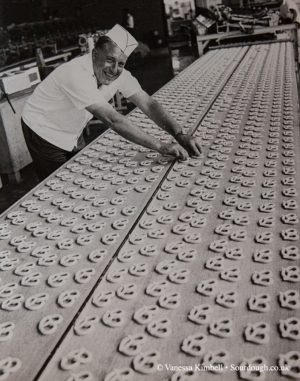
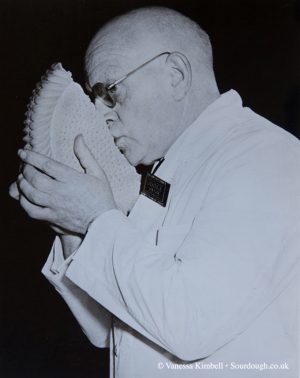
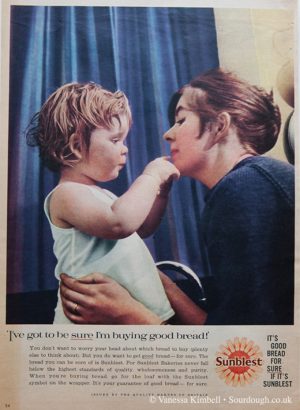
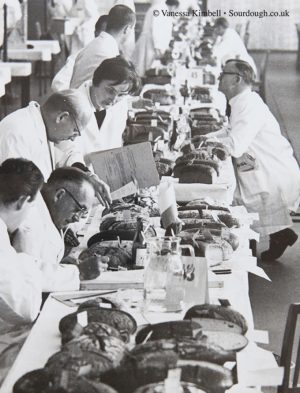
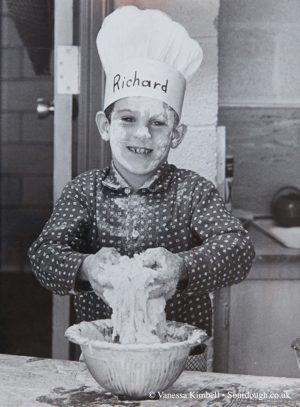
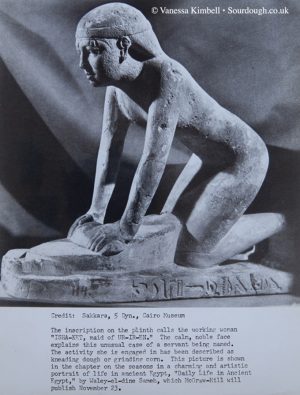
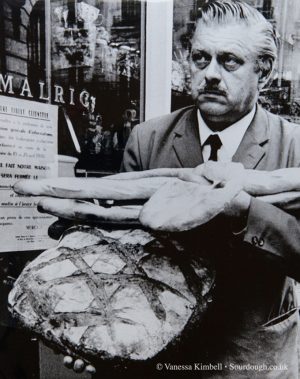
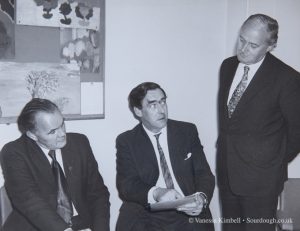
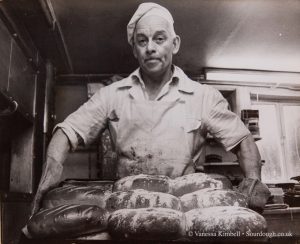
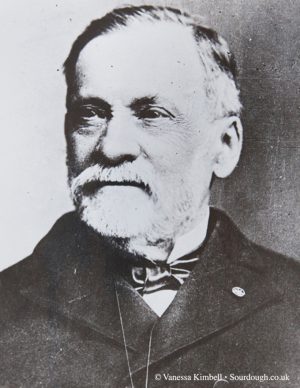
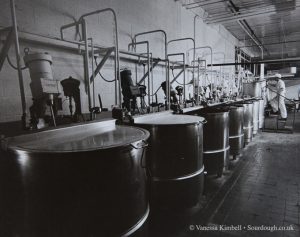
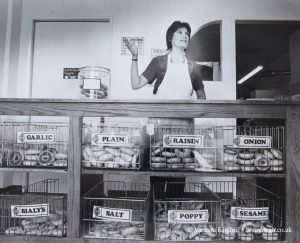
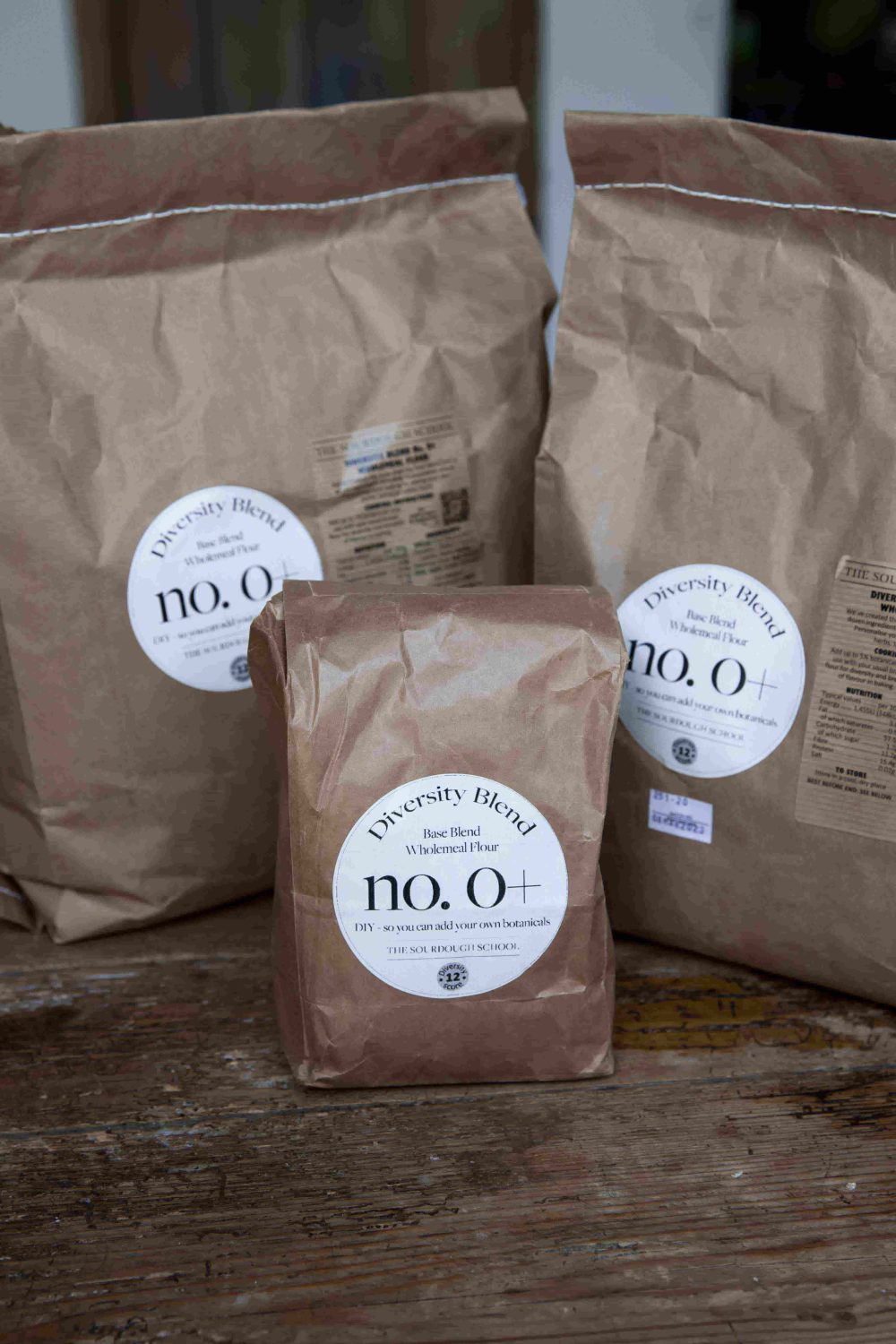
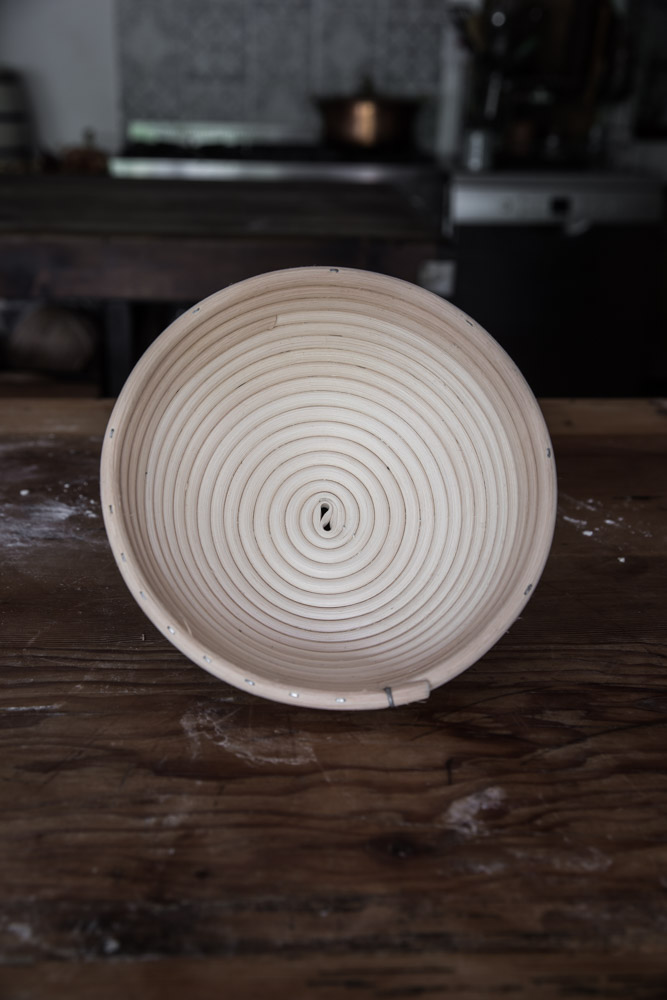

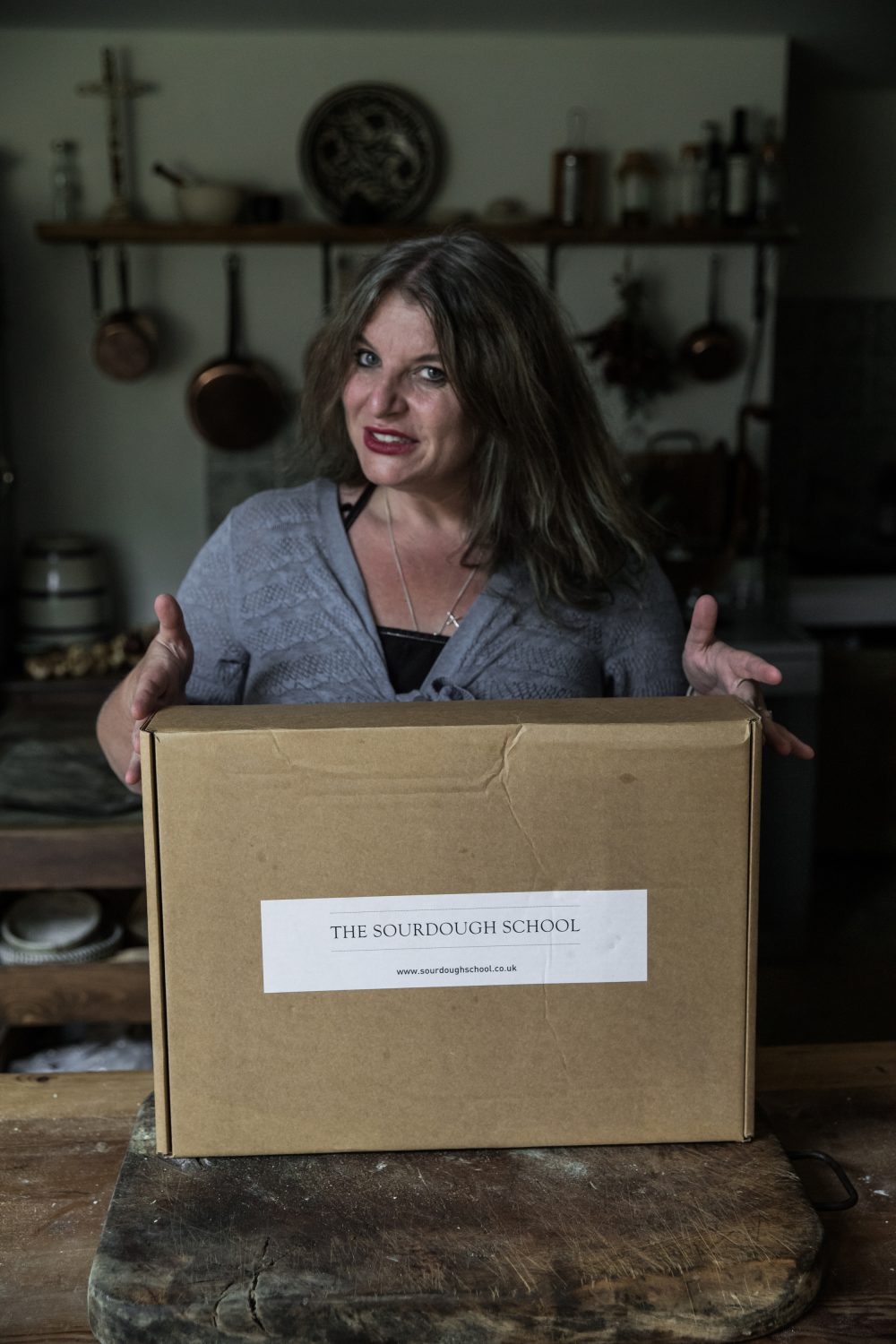
 How to Reintroduce Gluten – A Guide
How to Reintroduce Gluten – A Guide
Leave a Reply